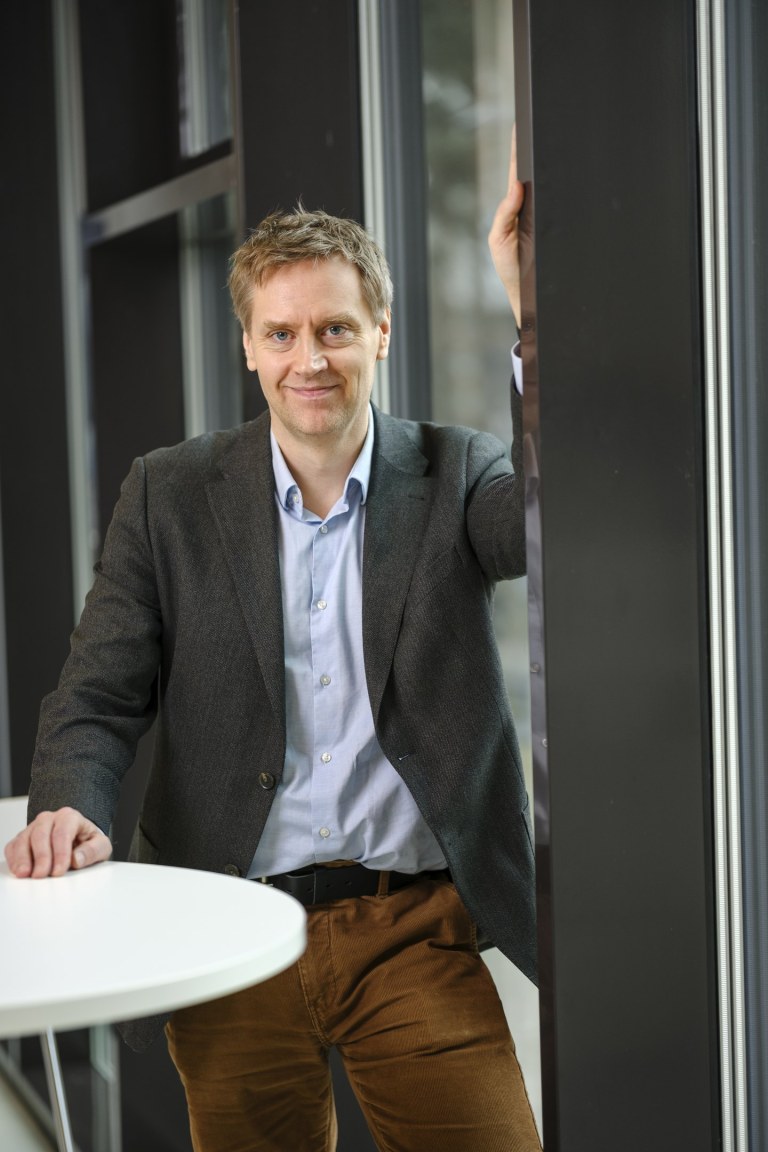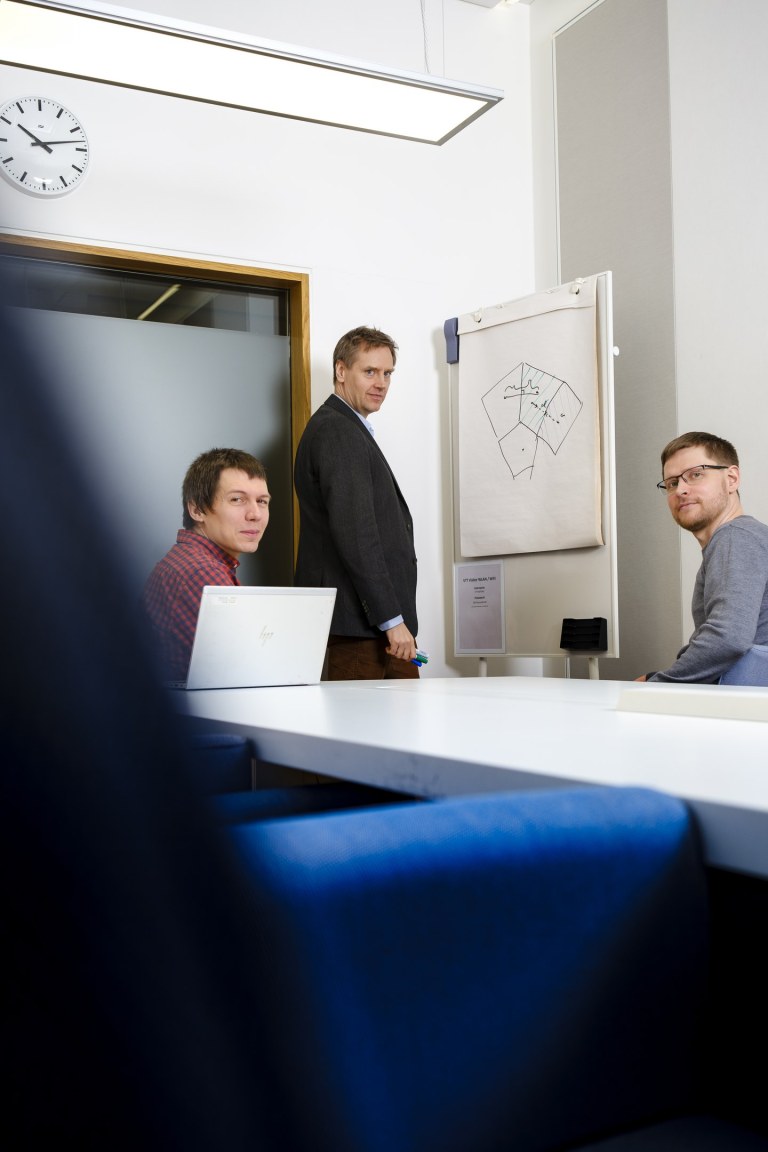
One of the new ITU Technology Awards presented by the Academic Engineers and Architects in Finland TEK and Tekniska Föreningen i Finland TFiF is the Cornerstone Award, which is given to person or work group that has made a scientifically and commercially outstanding contribution to research in the field of technology and natural sciences.
These criteria, and more, are met by the 2025 winner, the research team that has developed the Serpent code at VTT.
“Serpent is one of the most widely used and internationally best known tools for computational modelling of nuclear reactor physics,” says Jaakko Leppänen, Research Professor for Reactor Safety at VTT, who is in charge of the development of the code.

Serpent is a calculation code developed at VTT that is based on the Monte Carlo method for modelling neutron and photon transport and interactions. In addition to reactor physics, Serpent is used in fusion research and in various radiation dose and protection calculations.
“Development began in 2004 with my own dissertation project. There were no similar Monte Carlo tools specialised for our needs at the time, so I had to start developing one myself,” Leppänen explains.
“Serpent’s popularity is partly due to the fact that, for a long time, it was somewhat unique. It gathered a large user base, whose feedback allowed the code development to be taken in the direction the users wanted. Serpent has therefore been developed to a large extent for practical engineering problems, whereas in many similar codes, development is also directed by academic research.”
A five-person team is currently working on the code at VTT, including Leppänen himself and Ville Valtavirta, Ana Jambrina, Riku Tuominen and Antti Rintala. Development has also been carried out in several dissertation projects, as well as master’s and other theses.
“Our work on Serpent, spanning three decades, is testament to the significant software development done in Finland, not only in IT and gaming, but also in scientific computing,” says Leppänen.
 Jari Härkönen
Jari Härkönen
Code is spreading in both research and commercial use
Serpent is available for free for scientific research and academic use. The user community consists of more than 200 universities and research organisations around the world.
This includes many leading universities such as MIT in the US and the University of Cambridge in the UK. In Finland, user organisations include nuclear power companies, Aalto University, LUT University and the University of Helsinki, the Radiation and Nuclear Safety Authority and the Finnish Defence Research Agency. In VTT’s internal use, Serpent is part of the Kraken computational framework, which can also be used to model the operation of Finnish power reactors.
“When it comes to complex calculation tasks, tools and methods must be accompanied by understanding of what is happening below the user interface. For example, the limitations of methods need to be understood thoroughly in order to assess the reliability of the results.”
“Third-party codes are often ‘black boxes’ from the user’s perspective, and their results must be taken as given. That is why having our own Kraken computational framework, combined with a high level of expertise, gives us a major advantage,” says Leppänen.
In addition to the research licence, a commercial version of Serpent is available and is already used by dozens of nuclear energy companies, for example for reactor design and licensing analyses. In addition to major players in the industry, users include start-ups developing small modular reactors (SMRs) and next-generation reactor technology.
(The article continues after the image.)

How could the work of your team be reflected in the everyday life of ordinary citizens?
“We are developing an expert calculation tool for modelling nuclear reactors, so the impact on the life of an ordinary citizen is not exactly direct. However, the work supports Finnish expertise in the nuclear energy sector and boosts Finland’s reputation in international circles,” says Leppänen.
“In addition, our work has a very significant indirect impact on the development and use of nuclear energy technology to combat climate change.”
What’s next?
“The work continues. The Kraken computational framework, of which Serpent is now a part, can be used to model not only neutron transport but also coupled problems, such as the coupling between reactor power with heat transfer and coolant flow. It is therefore a tool for modelling the overall behaviour of a reactor. Kraken’s development is led by Ville Valtavirta, who is also part of Serpent’s development team.”
Cornerstone rewards meritorious research
TEK’s and TFiF’s Cornerstone Award is given to a person or work group that has made a particularly outstanding contribution to research in the field of technology and natural sciences. The research may be recent or decades old.
The winner was selected by a jury of distinguished professionals in the field of technology and natural sciences, chaired by Professor Emerita, D.Sc. (Tech.) Outi Krause.
“The Serpent code has made a great journey from a dissertation project that started in 2004 to becoming one of the world’s best known tools in its field. Demonstration of the importance of long-term research was also relevant,” says Krause.
The prize money is €10,000.
The application period for next year’s ITU Awards will open in November 2025.
Read more: www.tek.fi/cornerstone